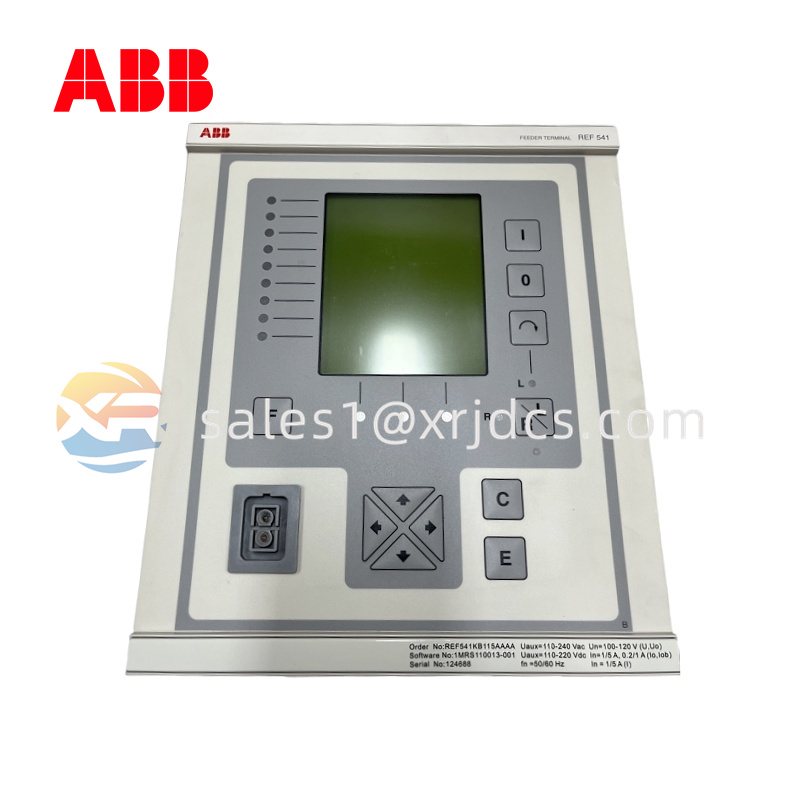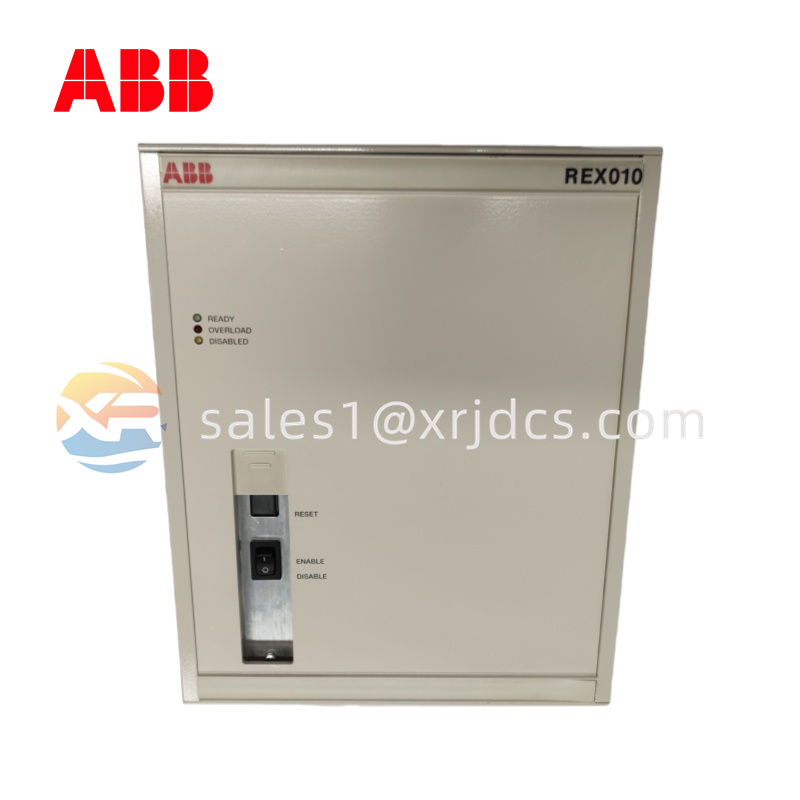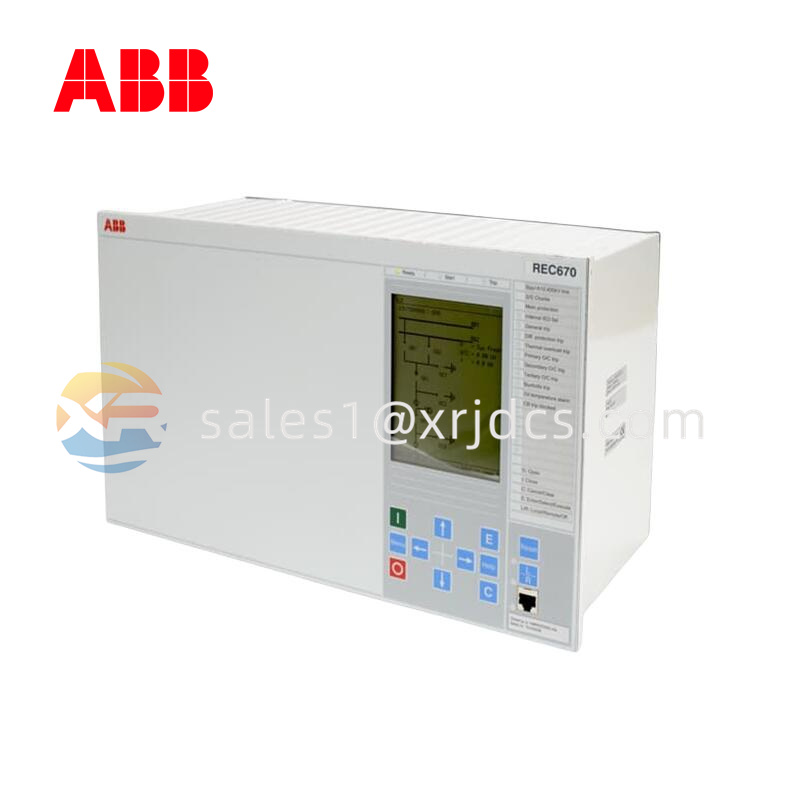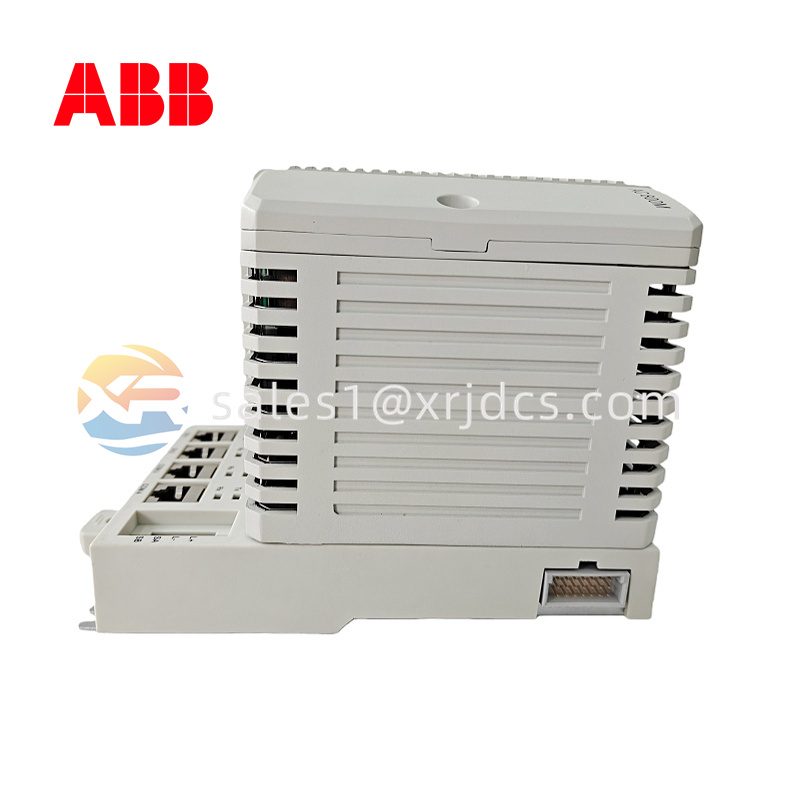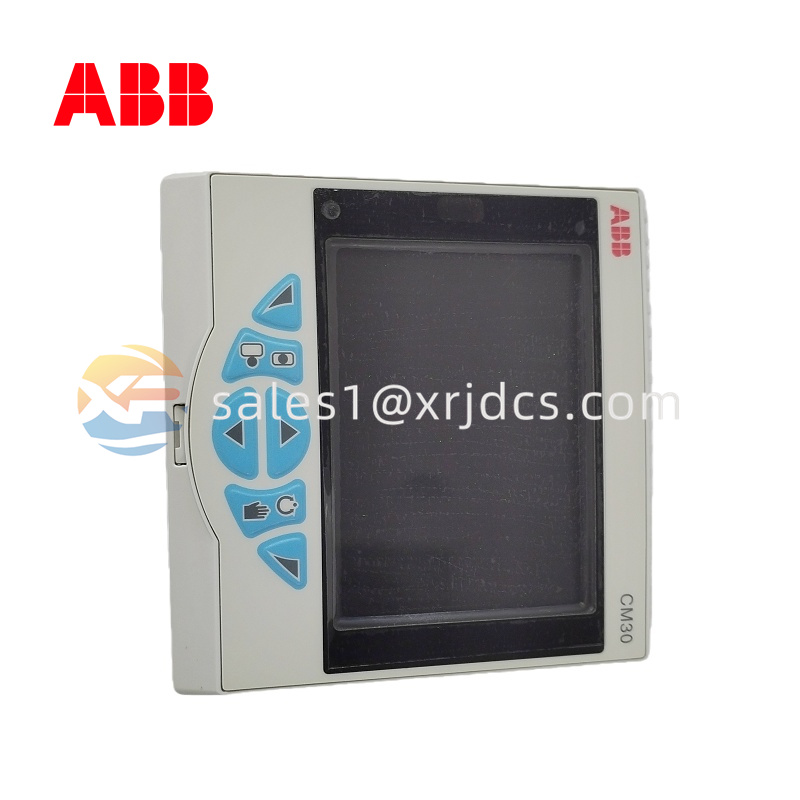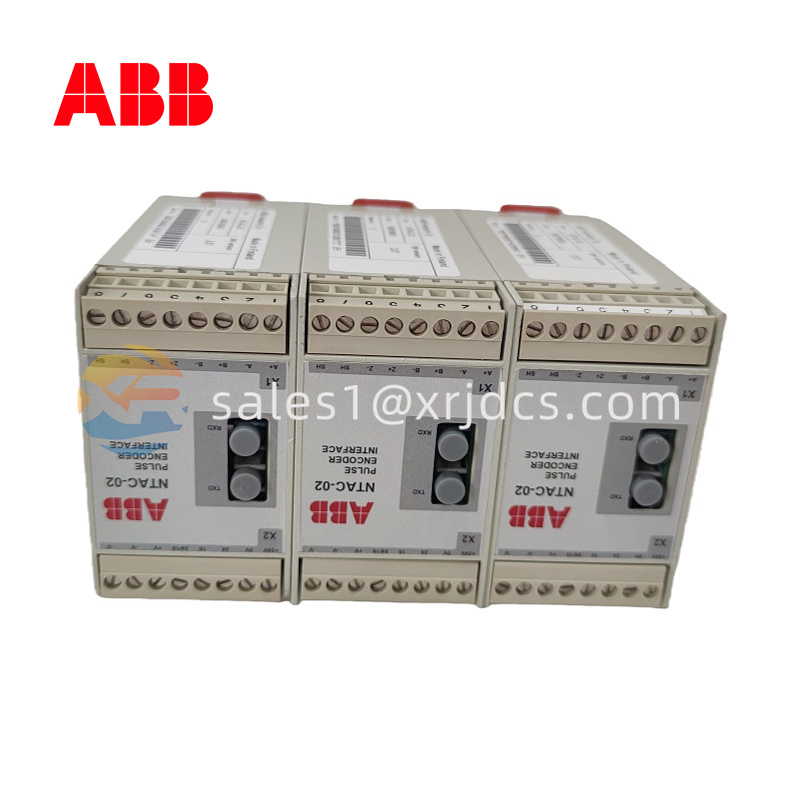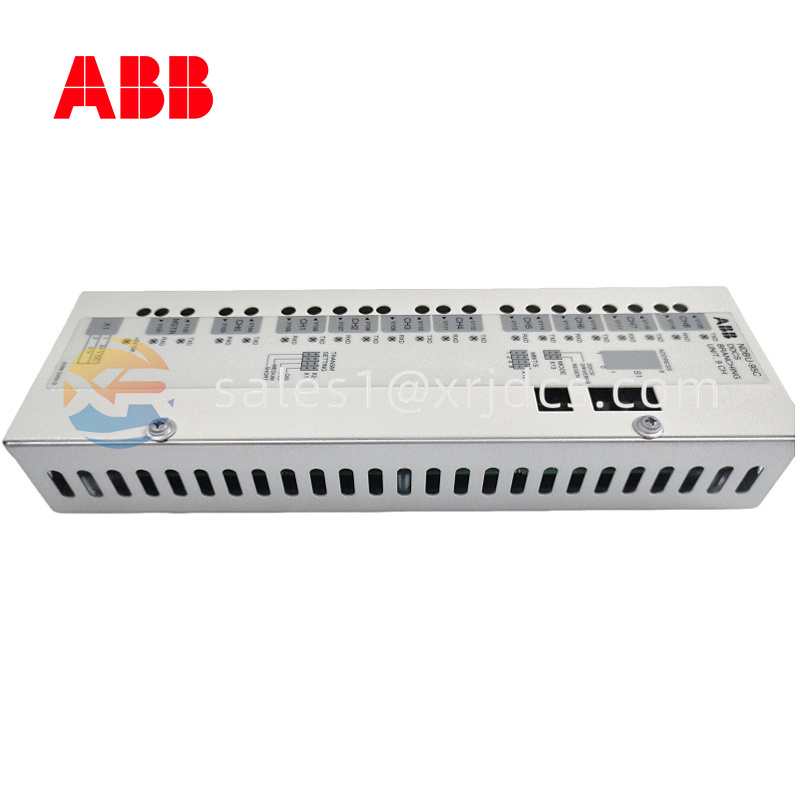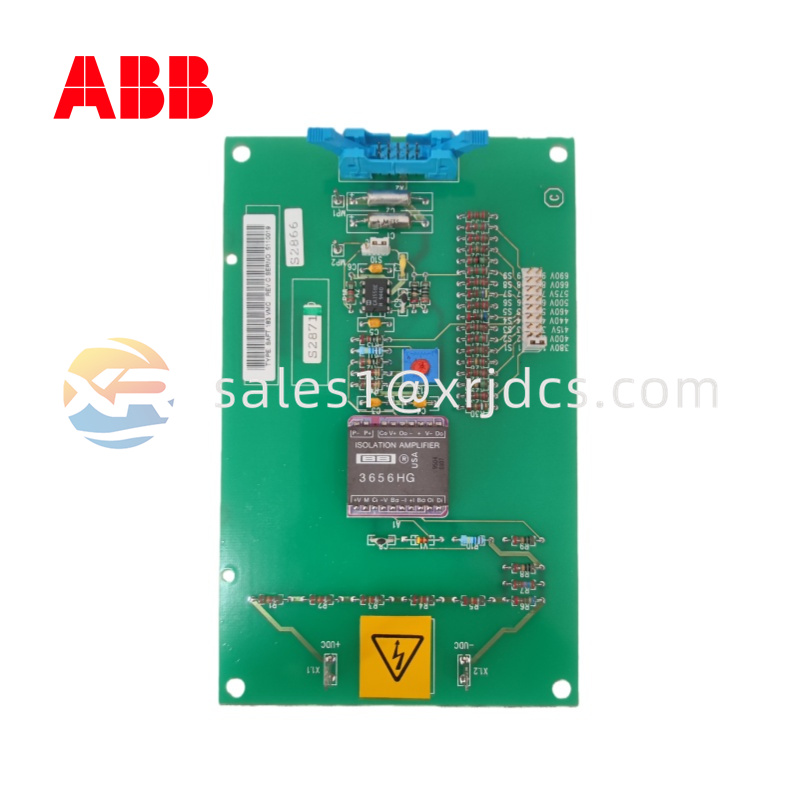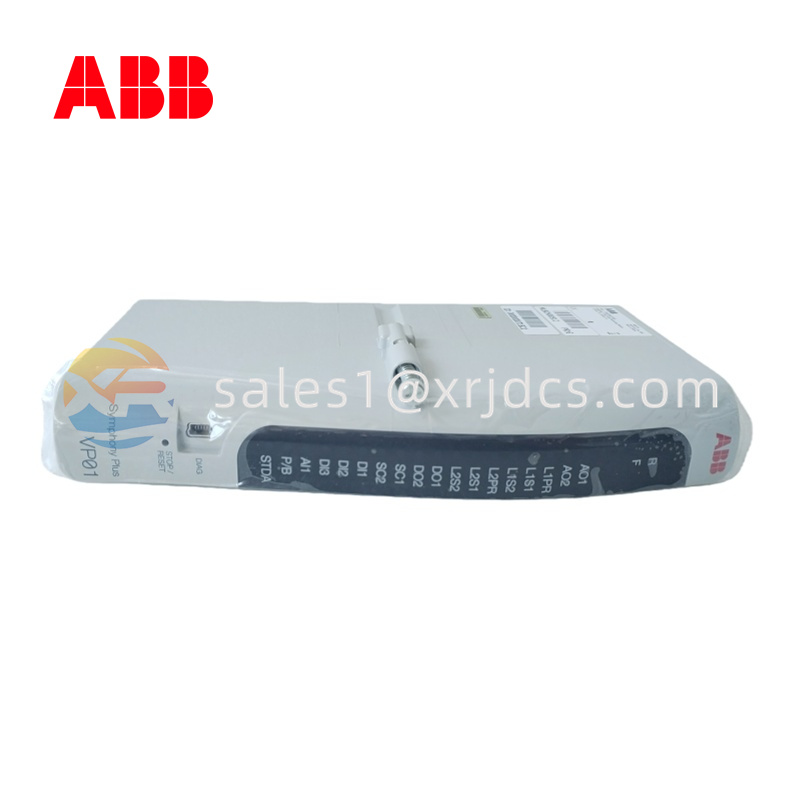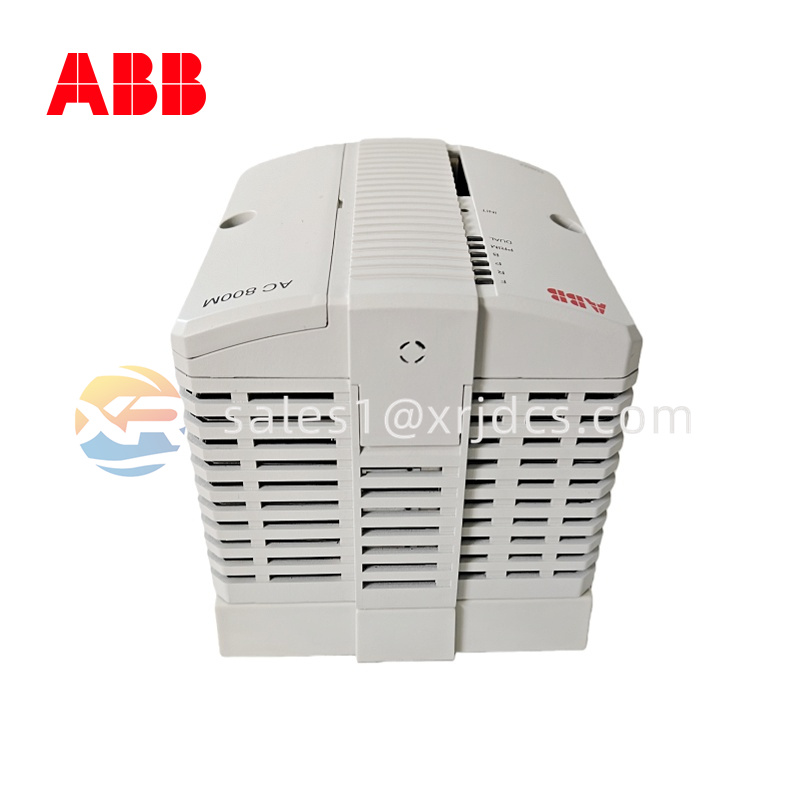ABB CMA121 – Compact Analog Output Module for Industrial Automation Systems
1. Structural Overview
The ABB CMA121 is an Analog Output Module developed for ABB’s AC800M series control systems, enabling precise signal output from the controller to field devices such as actuators, control valves, and indicators. The module’s compact and rugged construction ensures high stability, accurate signal conversion, and easy integration into distributed control architectures.
Internally, the CMA121 is composed of:
Digital-to-Analog Conversion Unit (DAC): Provides high-resolution analog output signals.
Output Protection Circuitry: Safeguards against short circuits and overloads.
Galvanic Isolation Barrier: Prevents ground loops and electrical noise between field devices and the control unit.
Backplane Connector: Enables quick communication with the AC800M base system.
Protective Enclosure: Heat-resistant housing designed for long-term reliability in industrial environments.
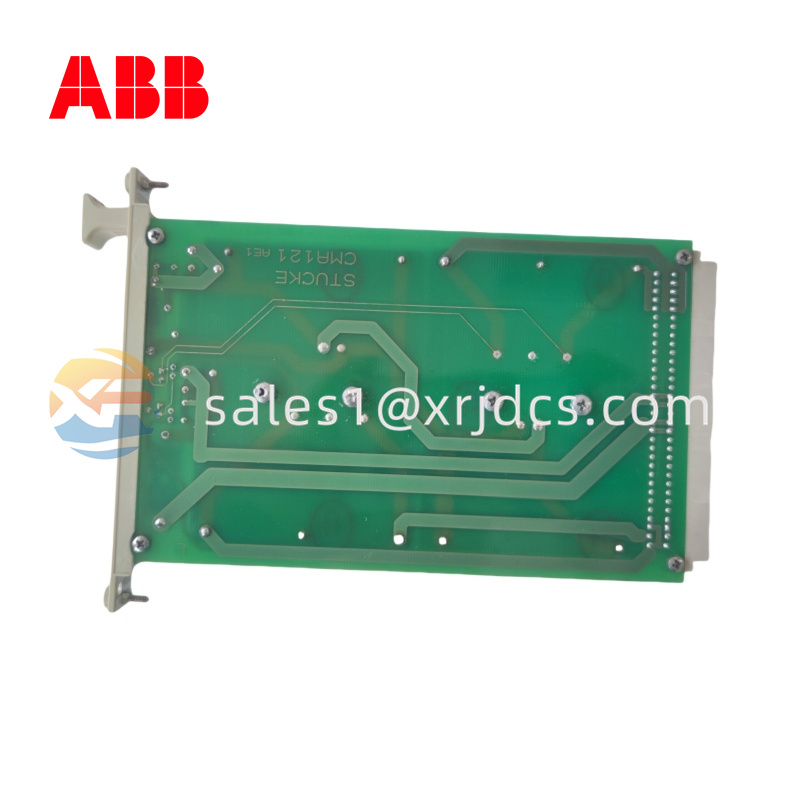
2. Features & Benefits
Provides 8 individually isolated analog output channels
Supports multiple signal standards (0–10 V, ±10 V, 0–20 mA, 4–20 mA)
High output resolution (up to 15-bit DAC) for smooth control operations
Fast response time for real-time automation systems
Short-circuit and overload protection on each channel
Hot-swappable – allows replacement without system downtime
Compatible with ABB’s AC800M and Freelance DCS platforms
LED indicators for channel status and diagnostics
Compact size for space-efficient panel installation
3. Technical Parameters (non-table format for layout variety)
The ABB CMA121 operates on a 24 V DC power supply and provides up to 8 analog outputs with selectable voltage or current modes. Each output channel can drive loads up to 500 Ω (for current mode) or 10 kΩ (for voltage mode). The module achieves an accuracy of ±0.1% of full scale and maintains stable operation within a temperature range of -25°C to +70°C.
The maximum power consumption is approximately 4 W, with built-in EMC protection and signal isolation exceeding 1500 V RMS. It communicates seamlessly with the controller through ABB’s proprietary I/O bus interface, ensuring low latency and reliable data transmission.
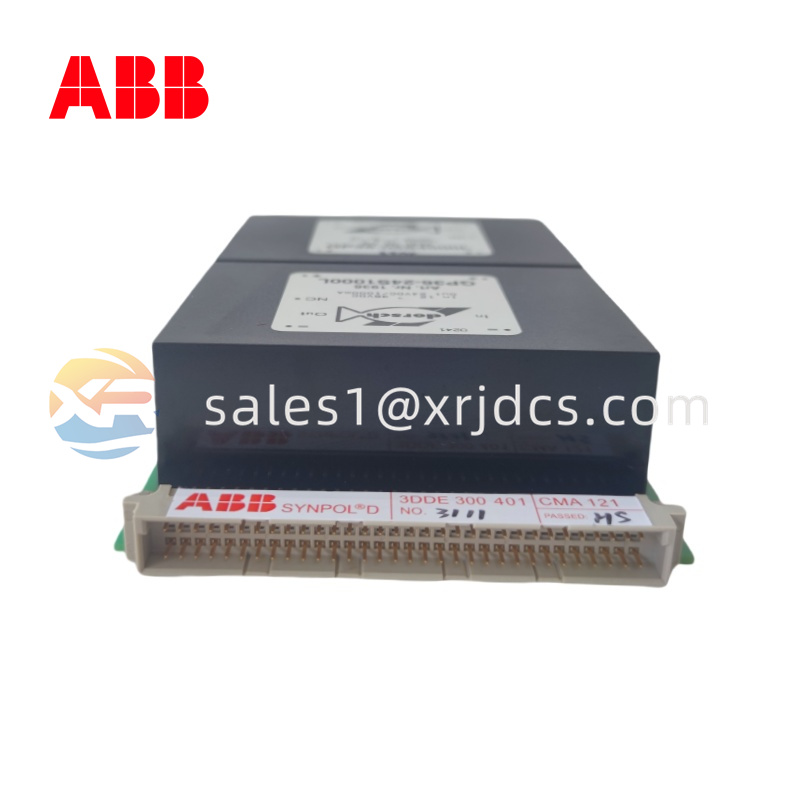
4. Application Areas
The CMA121 module is ideally suited for:
Process control and distributed automation systems
Actuator and control valve positioning
Temperature, flow, and pressure regulation loops
Power plant and substation automation
Building and HVAC system management
Precision dosing and chemical processing
Its precise analog output makes it essential in scenarios where continuous control rather than on/off switching is required.
5. Installation and Maintenance
Mounting: Securely mount the module on ABB’s standard DIN-rail or baseplate.
Wiring: Use shielded twisted-pair cables to minimize interference in analog output signals.
Startup: Verify channel assignments and output configurations through Control Builder M software before applying load.
Maintenance: Periodically inspect terminal blocks for tightness and ensure clean, dust-free contact surfaces.
Safety: Always disconnect power before removing or replacing the module.
Following ABB’s recommended maintenance schedule ensures reliable operation and reduces downtime.
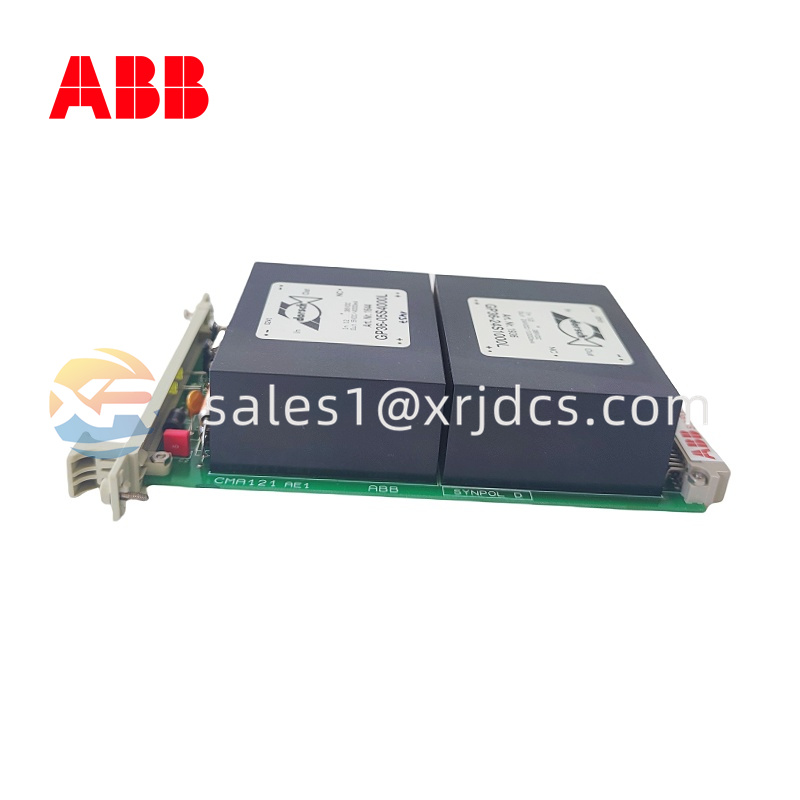
6. Performance and Reliability
The ABB CMA121 is designed with industrial-grade components for long-term stability and minimal drift over time. Advanced internal diagnostics monitor temperature, voltage levels, and channel performance to alert operators in case of anomalies. Its robust EMI/EMC shielding further guarantees signal integrity in electrically noisy environments.
The module’s plug-and-play compatibility with ABB control platforms simplifies upgrades, expansions, and system modernization projects, contributing to reduced commissioning times and enhanced operational efficiency.
7. Summary
The ABB CMA121 Analog Output Module offers a precise, efficient, and durable solution for converting digital control signals into accurate analog outputs. With its combination of compact design, superior accuracy, and ease of maintenance, it plays a vital role in modern automation, ensuring seamless control of industrial processes with maximum reliability.
 Switzerland
Switzerland 



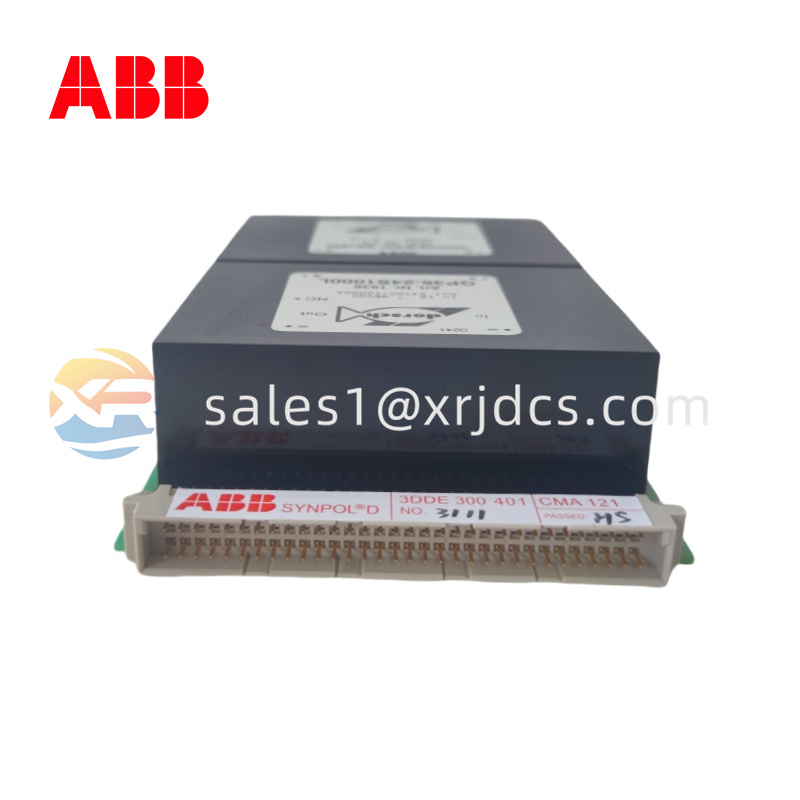



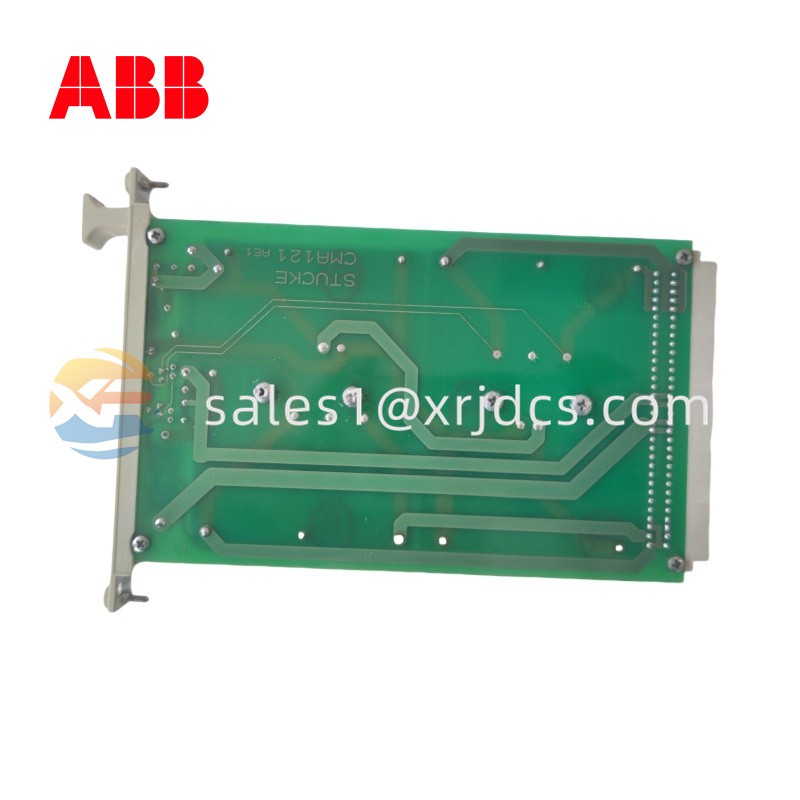
.jpg)
.jpg)
























